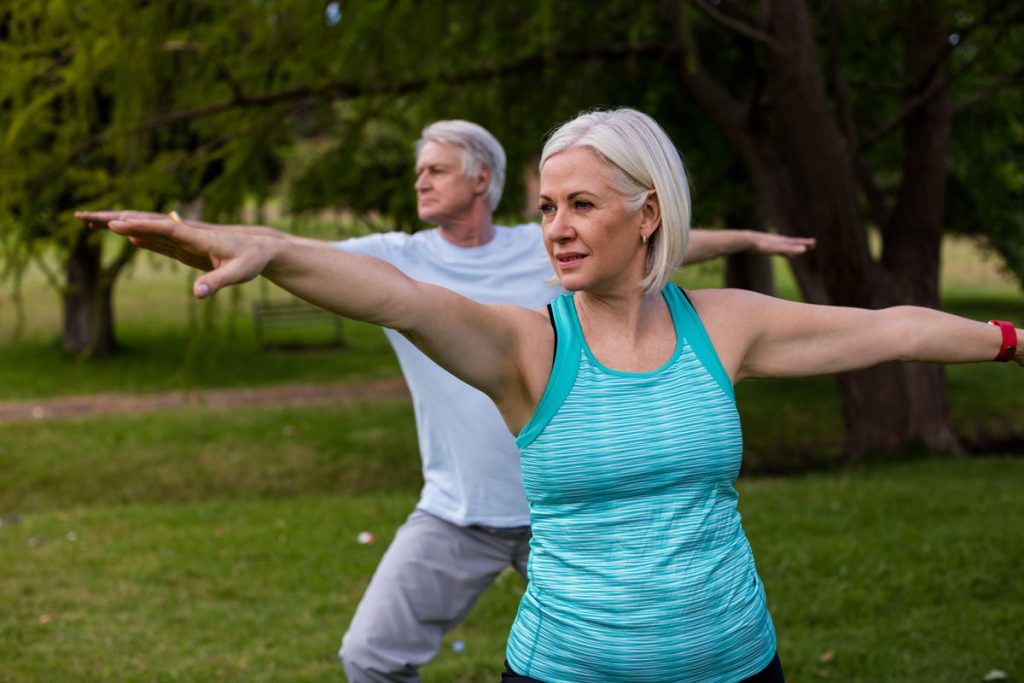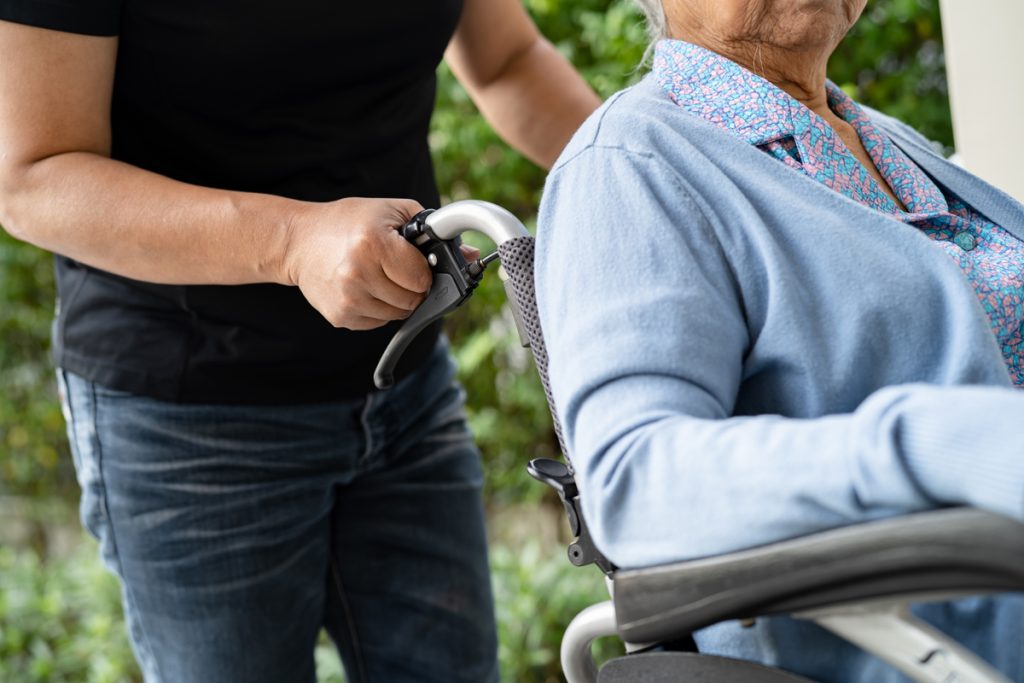2023 Home Safety Tips

Here are some home safety tips:
- Install smoke detectors and carbon monoxide detectors on every level of your home. Test them monthly and change the batteries every year.
- Keep your home well-lit, both inside and outside. This will help you see potential hazards and avoid tripping or falling.
- Remove clutter from walkways and stairways. This will help prevent tripping and falls.
- Secure loose rugs and carpets. They can be a tripping hazard, especially if they are wet or have wrinkles.
- Install grab bars in the bathroom and near stairs. They can help you steady yourself when you are getting up or down.
- Use a cane or walker if you need one. They can provide you with extra support and help you avoid falls.
- Get your vision checked regularly. Poor vision can make it more difficult to see where you are going, which can increase your risk of falls.
- Take your time. Don’t rush when you are walking or moving around. Take your time and be careful.
- Have a fire escape plan and practice it regularly. This will help you know what to do in case of a fire.
- Keep your home fireproofed. This includes having a fire extinguisher and a fire blanket on hand.
- Be aware of the dangers of carbon monoxide poisoning. Carbon monoxide is a colorless, odorless gas that can be deadly. Install carbon monoxide detectors in your home and test them monthly.
- Secure poisonous substances. Keep all poisonous substances out of reach of children and pets.
- Have a plan for what to do in case of a natural disaster. This includes having an emergency kit with food, water, and other supplies.
- Get to know your neighbors. This will help you stay safe in case of an emergency.
By following these tips, you can help keep your home safe for you and your family.
Here are some additional tips for older adults:
- Get up and move around regularly: Don’t sit or lie down for long periods of time.
- Stay hydrated: Dehydration can make you dizzy and more likely to fall.
- Eat a healthy diet: A healthy diet can help you maintain a healthy weight, which can reduce your risk of falls.
- Manage your chronic conditions: Conditions such as arthritis, heart disease, and diabetes can increase your risk of falls. Make sure to manage these conditions under the guidance of your doctor.
- Stay mentally active: Mental activity can help improve your balance and coordination.
- Stay socially active: Social activity can help reduce stress, which can also increase your risk of falls.
Smoke Detectors
A smoke detector is a device that senses smoke and sounds an alarm to alert people to a fire. Smoke detectors are an important part of fire safety, and they can help save lives.
There are two main types of smoke detectors: ionization and photoelectric.
- Ionization smoke detectors: These detectors work by detecting smoke particles. When smoke particles enter the detector, they ionize the air, which creates an electrical current. If the current drops below a certain level, the detector sounds an alarm.
- Photoelectric smoke detectors: These detectors work by detecting changes in light. When smoke particles enter the detector, they scatter the light, which triggers the alarm.
Ionization smoke detectors are more sensitive to fast-moving fires, such as those caused by cooking oil. Photoelectric smoke detectors are more sensitive to smoldering fires, such as those caused by cigarettes.
It is important to have both ionization and photoelectric smoke detectors in your home. This will give you the best protection against all types of fires.
Smoke detectors should be installed on every level of your home, including the basement and attic. They should also be installed in all bedrooms and sleeping areas.
Smoke detectors should be tested monthly to make sure they are working properly. The batteries should be changed every year.
If you hear a smoke alarm, it is important to evacuate your home immediately and call 911. Do not try to put out the fire yourself.
Here are some additional tips for smoke detectors:
- Place smoke detectors on the ceiling or high on a wall, at least 10 feet from any window or door.
- Do not place smoke detectors near cooking appliances or other sources of smoke.
- Keep smoke detectors clean and free of dust.
- Replace smoke detectors every 10 years.
By following these tips, you can help keep your home safe from fire.
Securing Rugs
There are a few ways to secure rugs to prevent them from slipping or bunching up.
- Use rug tape: Rug tape is a double-sided adhesive tape that can be used to secure rugs to the floor. It is easy to apply and remove, and it is not damaging to the rug.
- Use rug grippers: Rug grippers are small, rubber or plastic devices that can be attached to the bottom of a rug. They help to grip the floor and prevent the rug from slipping.
- Use a rug pad: A rug pad is a thick, rubber or foam mat that can be placed under a rug. It helps to cushion the rug and prevent it from slipping.
- Secure the rug to furniture: If the rug is located in front of a piece of furniture, such as a sofa or coffee table, you can secure it to the furniture with furniture straps or clips.
- Use a rug anchor: A rug anchor is a metal device that is screwed into the floor and then the rug is attached to it. It is a more permanent solution than other methods, but it is also more difficult to install.
The best way to secure a rug will depend on the type of rug, the surface it is placed on, and your personal preferences.
Here are some additional tips for securing rugs:
- Make sure the rug is the right size for the space. A rug that is too small will be more likely to slip.
- Place the rug on a smooth, level surface. A rug that is placed on a rough or uneven surface is more likely to slip.
- Do not place the rug in high-traffic areas. A rug that is placed in a high-traffic area is more likely to get worn and damaged.
- Inspect the rug regularly for signs of wear and tear. If the rug starts to fray or become loose, repair it or replace it.
By following these tips, you can help keep your rugs secure and prevent them from slipping or bunching up.
Installing Grab Bars
-
Gather your materials. You will need the following:
- Grab bars
- Drill
- Screws
- Level
- Measuring tape
- Safety glasses
-
Choose the right location for the grab bars. The grab bars should be installed in areas where they will be most helpful, such as near the toilet, bathtub, and shower. They should also be installed at a height that is comfortable for the person who will be using them.
-
Mark the locations of the grab bars. Use a level to mark the locations of the grab bars on the wall. Make sure that the marks are level and evenly spaced.
-
Drill pilot holes. Use a drill to drill pilot holes at the marked locations. The pilot holes should be slightly smaller than the screws that you will be using.
-
Insert the screws. Insert the screws into the pilot holes. Make sure that the screws are screwed in tightly.
-
Secure the grab bars. Once the screws are in, secure the grab bars to the wall.
-
Test the grab bars. Make sure that the grab bars are secure and that they are not wobbly.
Here are some additional safety tips for installing grab bars:
- If you are not comfortable installing the grab bars yourself, hire a professional.
- Make sure that the grab bars are made of a sturdy material, such as stainless steel or brass.
- The grab bars should be installed at least 36 inches off the ground.
- The grab bars should be spaced at least 12 inches apart.
- The grab bars should be smooth and free of sharp edges.
By following these steps, you can safely install grab bars in your home to help prevent falls.
Choosing A Cane or A Walker
Choosing the right mobility aid, whether it is a cane or a walker, can be a difficult decision. There are many factors to consider, such as your individual needs, preferences, and activities.
Here are some things to think about when choosing between a cane and a walker:
- Your level of balance: If you have good balance, a cane may be sufficient. If you have poor balance, a walker may be a better option.
- Your activity level: If you are active and mobile, a cane may be a good choice. If you are less active, a walker may be a better option.
- Your lifestyle: If you live in a small space, a cane may be a better choice. If you live in a large space, a walker may be a better option.
- Your budget: Canes and walkers can range in price from a few dollars to several hundred dollars. Consider your budget when making your decision.
Here are some of the different types of canes and walkers available:
- Straight canes: Straight canes are the most common type of cane. They are lightweight and easy to use.
- Quad canes: Quad canes have four legs, which provide more stability than a straight cane.
- Folding canes: Folding canes are easy to transport and store.
- Rollators: Rollators are walkers with wheels. They are easier to use than traditional walkers, but they can be more difficult to maneuver in tight spaces.
- Quadruped walkers: Quadruped walkers have four legs, like a quad cane, but they also have wheels. This makes them a good option for people who need more stability than a straight cane, but who also want the convenience of wheels.
If you are not sure which type of mobility aid is right for you, talk to your doctor or a physical therapist. They can help you assess your needs and make the best recommendation for you.
Here are some additional tips for choosing a cane or a walker:
- Try out different types of canes and walkers before you buy one. This will help you find the one that is most comfortable and easy to use for you.
- Make sure the cane or walker is the right height for you. The top of the cane or walker should be level with your wrist when you are standing upright.
- The cane or walker should be sturdy and well-made. It should not wobble or feel unstable.
- The cane or walker should be easy to grip. The handle should be comfortable and non-slip.
By following these tips, you can choose the right mobility aid to help you stay safe and mobile.




